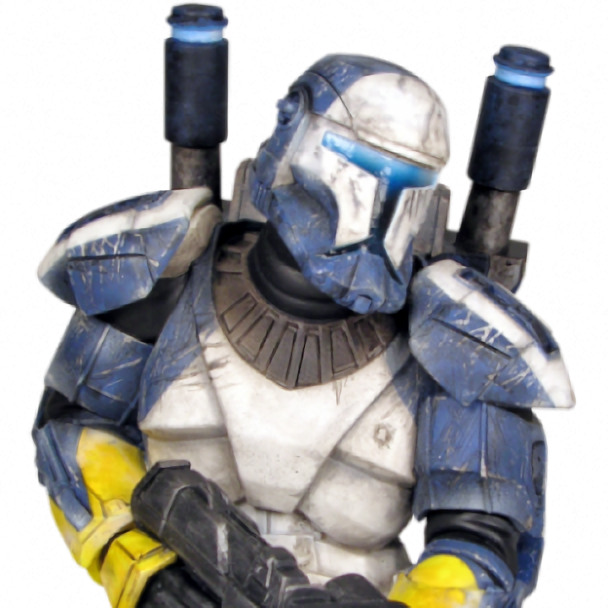

Unfortunately I can’t even test Llama 3.1 in Alpaca because it refuses to download, showing some error message with the important bits cut off.
That said, the Alpaca download interface seems much more robust, allowing me to select a model and then select any version of it for download, not just apparently picking whatever version it thinks I should use. That’s an improvement for sure. On GPT4All I basically have to download the model manually if I want one that’s not the default, and when I do that there’s a decent chance it doesn’t run on GPU.
However, GPT4All allows me to plainly see how I can edit the system prompt and many other parameters the model is run with, and even configure multiple sets of parameters for the same model. That allows me to effectively pre-configure a model in much more creative ways, such as programming it to be a specific character with a specific background and mindset. I can get the Mistral model from earlier to act like anything from a very curt and emotionally neutral virtual intelligence named Jarvis to a grumpy fantasy monster whose behavior is transcribed by a narrator. GPT4All can even present an API endpoint to localhost for other programs to use.
Alpaca seems to have some degree of model customization, but I can’t tell how well it compares, probably because I’m not familiar with using ollama and I don’t feel like tinkering with it since it doesn’t want to use my GPU. The one thing I can see that’s better in it is the use of multiple models at the same time; right now GPT4All will unload one model before it loads another.



The purpose of this plant is in fact not long-duration storage, but secondary functions as you mentioned, and it’s also meant to be a proof-of-concept. Per an article from CNESA’s English site when the plant’s construction began in June 2023: